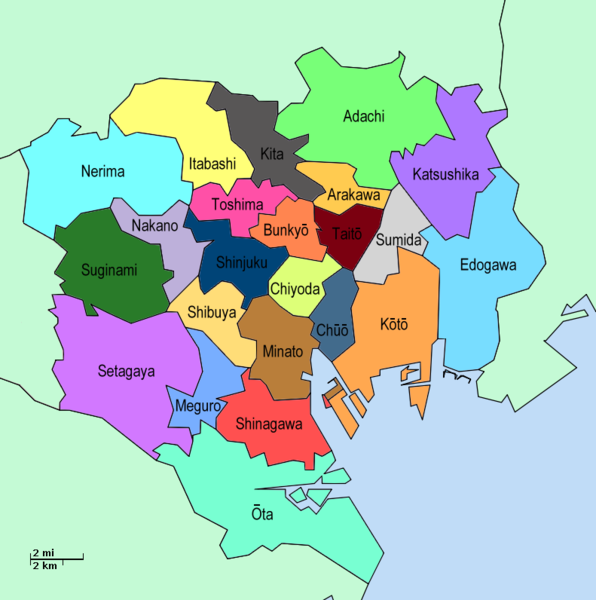Frustration continues with regard to TEPCO. Since the disaster began, TEPCO officials have continued to state how this sort of catastrophe could not be predicted, but recent news leaks show differently. Most of Japan's reactors tend to be near the coast for the reason or if there was a cooling failure in the plant, they would have quick access to water to cool the reactors. However, this also exposes them to tsunamis. The Fukushima Plant is located on top of a hill, and it was built in mind with the idea that a tsunami would not overcome the 6 m (20 ft) wall up to the plant. When they did the calculations, apparently there was only a 10 percent chance of this happening in the next 50 years. However, the tsunami that hit the plant on March 11 was 14 m high. The government held utilities in charge of the plant responsible for assuring that they could withstand this kind of disaster situation.
Due to public and international doubts, TEPCO's stocks fell 18% the other day. There are thoughts that TEPCO might be nationalized. On a normal day, TEPCO provides enough power to power all of Britain. Therefore, you can't just shut down the company; the effects would be enormous and would compound the problems. If the government doesn't take over TEPCO, the likelihood that the company will collapse is high. According to the Wall Street Journal, the government must take over the company, remove top management, and possibly change the name as well to avoid further adding to Japan's problems.
TEPCO's president in an interview just admitted when asked about the current state of the plant, "Frankly, I'm very sorry. We don't know. First, the most pressing matter is to cool reactors 1-4."「正直申し上げて分からない。まずは1〜4号機を冷却するのが急務だ。」
TEPCO's president along with other high-ranking TEPCO officials just issued an apology to the nation stating approximately, "For all the difficulties with safety/security, I'd like to apologize. We are giving our full effort to the restoration work. While for now it is important to have everyone's support, you have my word that we will compensate for the damage."
Right now the government is debating how to best handle the situation of the contaminated water spreading into the ocean. They are considering using a tanker to collect the water from the underground tunnels, but of course what to do with said water is still up in the air.
Prime Minister Kan is dealing with increased calls for his resignation as well as debating whether to extend the evacuation zone beyond 20 km. Doing so would displace over 100,000 more people, but not doing so could threaten their health.
A quick note, if you want to read a very good summary of how things are today, I'd really recommend going to the last source "Seawater Radiation Level Soars Near Plant" by the WSJ. It is accurate and actually tells how things are at the moment.
A quick note, if you want to read a very good summary of how things are today, I'd really recommend going to the last source "Seawater Radiation Level Soars Near Plant" by the WSJ. It is accurate and actually tells how things are at the moment.
Sources:
原発建屋に布、汚染水回収にタンカー案 政府が検討 (NIKKEI)
東電会社「心からおわび」福島第1原発事故 (NIKKEI)


